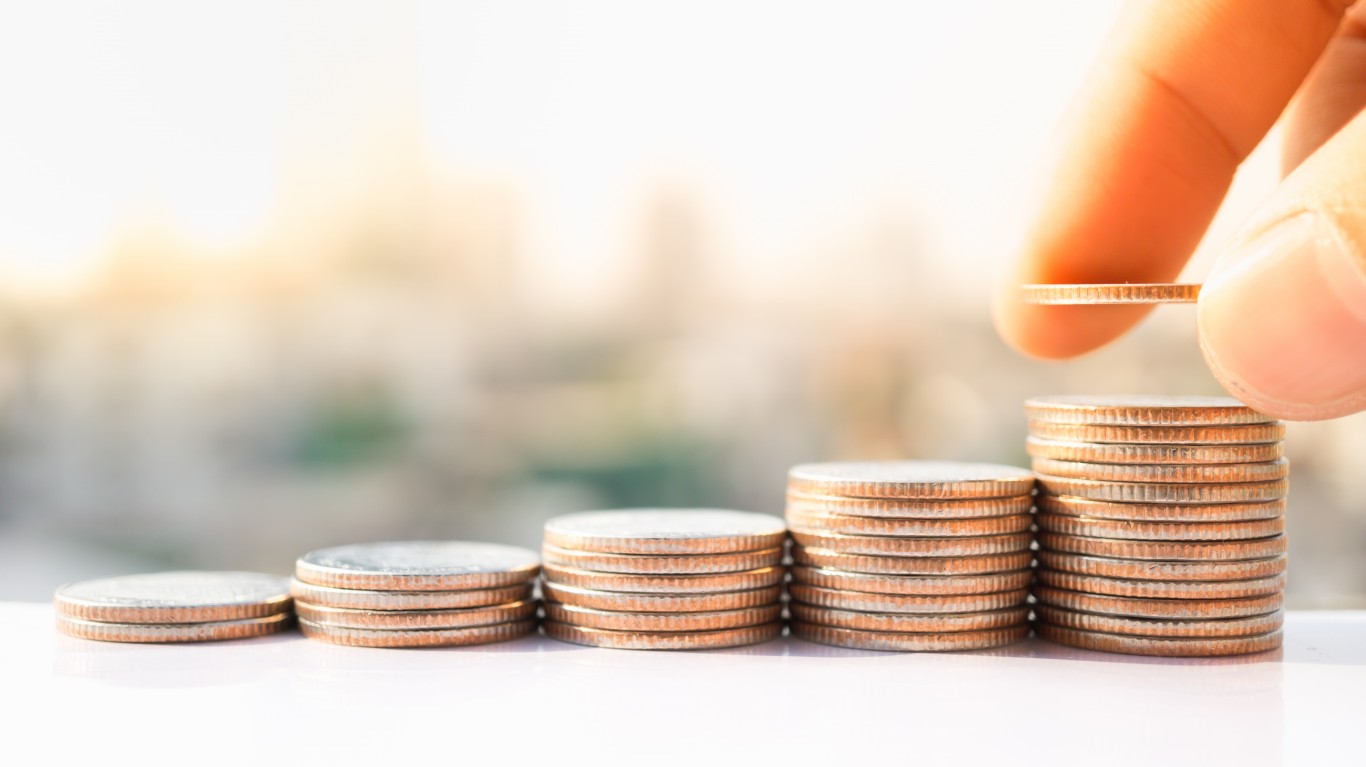Investing
Why 2023 Might Be a Big Year for Real World Asset (RWA) Tokenization

Published:

Real world asset (RWA) tokenization is primed to be a promising growth area for the digital asset industry in 2023. That is mainly because tokenization allows for a more secure, inclusive, and efficient investment environment for investors.
Real world asset (RWA) tokenization is the process that involves representing physical and traditional financial assets as digital tokens on a blockchain. Tokenized assets can be bought, sold, and traded just like securities, and offer a range of benefits.
Some advantages of tokenization include increased liquidity, faster settlement, lower costs, and bolstered risk management. In short, they lower entry barriers, offering a more comprehensive range of investors access to real-world assets more efficiently and securely.
Amid the growing adoption of crypto and blockchain technologies, there has also been a significant increase in the number of projects experimenting with tokenized assets. For instance, a group of 12 banks that include the Bank of America and Citi are exploring tokenizing liabilities with an eye toward gains in a near-instant settlement.
Furthermore, three global banks, including DBS Bank, JP Morgan, and SBI Digital Asset Holdings, conducted foreign exchange and government bond transactions against liquidity pools comprising tokenized Singapore Government Securities Bonds, Japanese Government Bonds, JPY, and SGD via Polygon, an Ethereum L2 network in November last year.
“This demonstrates the increasing adoption of RWA tokenization by major financial institutions and their adoption of L2 for scaling,” CoinMetrics said. DeFi project MakerDAO is also delving deeper into real-world assets.
The protocol, through a partnership with Huntingdon Valley Bank (HVB), has recently passed a favorable vote to allow mortgage loans on commercial real estate properties, marking the first participation in a commercial loan between a regulated U.S. financial institution and a decentralized digital currency. CoinMetrics said:
“This is significant because it shows the potential for various assets to be used as collateral for crypto-native protocols. RWA-backed loans have also seen a surge, reaching up to $140M. This indicates the growing demand for RWA tokens as a means of financing real world assets.”
WisdomTree, a $75 billion asset manager, has recently launched its Short-Term Treasury Digital Fund (WTSY), which digitizes its fund share ownership record on the Ethereum or Stellar blockchains. The offering is considered a big step toward bringing traditional financial assets into the digital ecosystem.
The cumulative size of tokenized assets globally could reach a staggering $16 trillion by 2030, according to global consulting firm BCG. This represents a growth of more than 50,000% compared to $310 billion in 2022. Furthermore, tokenized assets are expected to comprise 10% of global GDP by the decade’s end.
There has also been a surge in RWA-backed loans, which has recently reached up to $140M. This indicates the “growing demand for RWA tokens as a means of financing real world assets,” CoinMetrics said, adding:
“Overall, the adoption of RWA tokenization is increasing in the crypto market, with major financial institutions and platforms exploring the use of these tokens in various transactions. While total holdings of RWA tokens have declined, the potential for growth in this area remains strong.”
This article originally appeared on The Tokenist
Are You Ahead, or Behind on Retirement? (sponsor)
If you’re one of the over 4 Million Americans set to retire this year, you may want to pay attention. Many people have worked their whole lives preparing to retire without ever knowing the answer to the most important question: are you ahead, or behind on your retirement goals?
Don’t make the same mistake. It’s an easy question to answer. A quick conversation with a financial advisor can help you unpack your savings, spending, and goals for your money. With SmartAsset’s free tool, you can connect with vetted financial advisors in minutes.
Why wait? Click here to get started today!
Thank you for reading! Have some feedback for us?
Contact the 24/7 Wall St. editorial team.